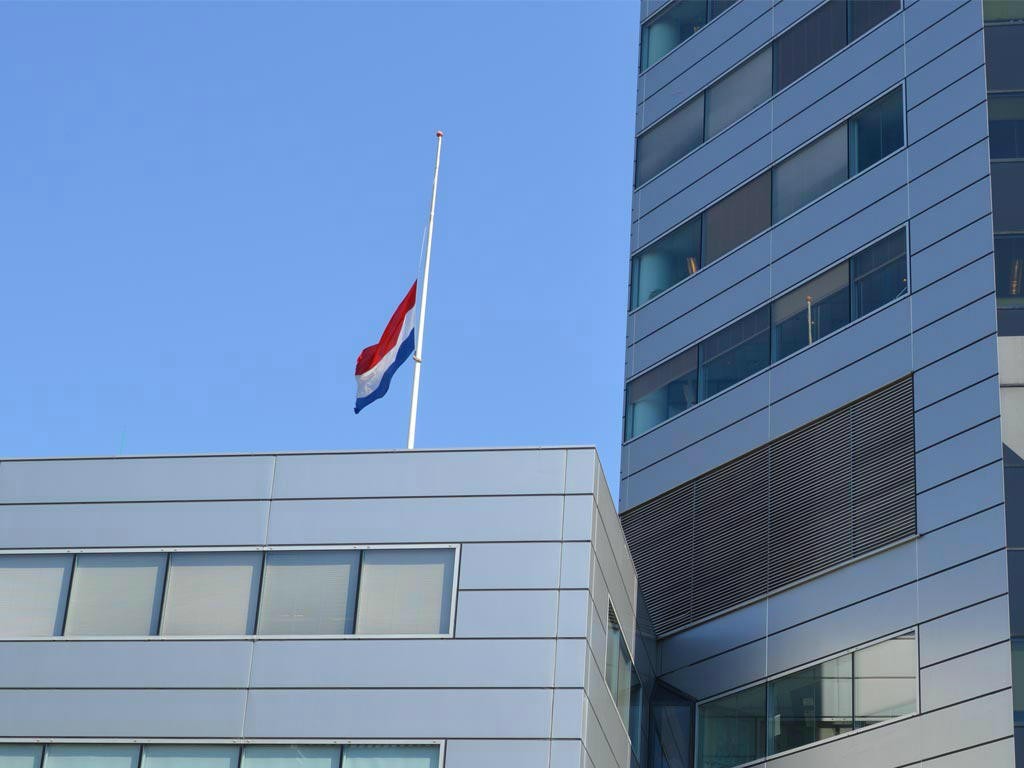I got caught in the floods in Gloucestershire/South Wales in July 2007, and the time taken at Gloucester to try to sort matters in the best way possible was lengthy, and based upon that experience I'm not surprised about the length of time between the train leaving Stonehaven early in the morning heading for Glasgow and people becoming aware of this terrible accident, my guess being that there wouldn't be a significant delay between it happening and Police Scotland and/or others becoming aware of it.
However, what does surprise me is the amount of destruction - I think that's the best way I can describe it.
I was conscious of the fact that the trains I travelled on back in 2007 as I tried to make my way round the floods were being driven with caution; nothing was at line speed, and it seemed as if drivers were using line of sight - I got the impression that, rather like driving a car, they were driving so that they could stop in time if some sort of obstruction came into view, to slow to walking pace if water levels between tracks approached top of rail level, etc. I don't know if this was just a common sense approach, or if it is a requirement of the Rule Book, but it certainly seemed a sensible way forward.
I've seen somewhere that the horrific scenes we've observed are about 1km from Carmont, and the train would have crossed over from up to down lines there at a maximum of 15mph; I appreciate that a 2+4 HST set has a good power to weight ratio and is quick of the mark, but even if it was accelerating up to line speed (75mph?) surely, the train wouldn't have been going very fast by the point of the accident, would it? And, as the preceding train along the route (2B13), had been delayed by 9 minutes between Carmont and Stonehaven, presumably because of weather conditions, would the driver have been made aware of this as a matter of course by train controls or others in authority?
What is the correct course of action in a situation such as this? Was I just lucky in that the trains I was on back in 2007 were driven cautiously, or would the train crew of 1T08 have been made aware, as a matter of course, to expect problems between Carmont and Stonehaven, and to act accordingly?
Obviously, something catastrophic happened to cause what we've seen, and we can only be thankful that the train was so lightly loaded and give thanks for the miracle that (if the figure of 12 being on board is accurate) some people got out unscathed

